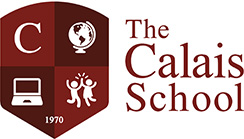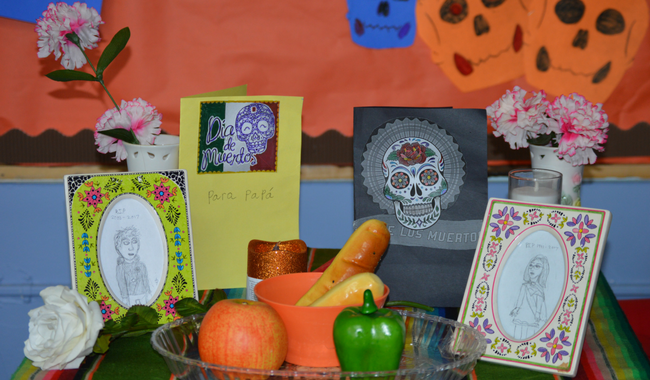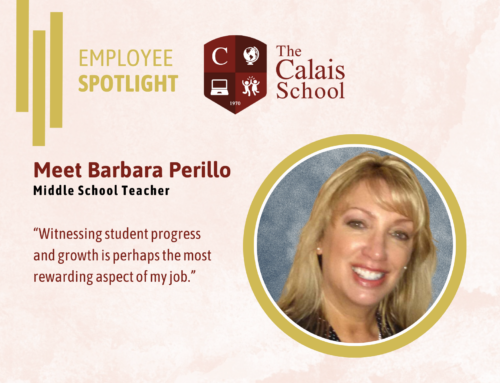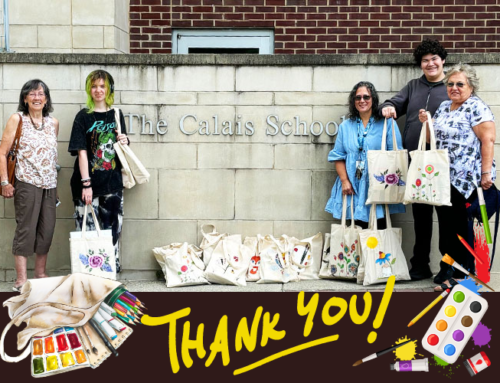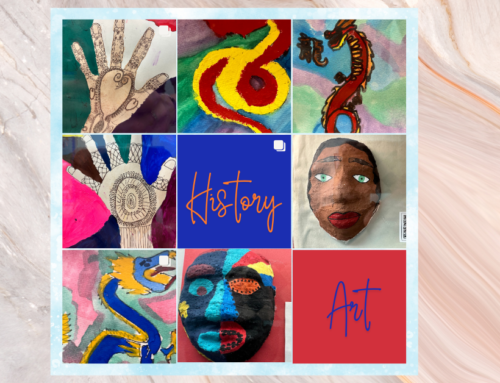Dia De Los Muertos or The Day of the Dead may sound somber but it’s actually a beautiful tradition in the Mexican culture. This vibrant and festive holiday is intended to be a happy celebration of the lives of loved ones that are no longer living. On this day in Mexico, the streets near the cemeteries are alive with colorful parades. Graves of loved ones are visited and altars are prepared with offerings, or ofrendas, like food, flowers, trinkets, and sugar skulls.
According to Mexican folklore, it is believed that the gates of heaven open at midnight on the first of November to allow the spirits of all deceased children, or angelitos, reunite with their families for 24 hours. The next day, the spirits of the adults come down to enjoy the altars and offerings that have been prepared for them.
Señora Mata, our high school Spanish teacher incorporated a two-day lesson on this traditional Mexican Holiday which typically occurs over the first two days of November. As part of the lesson, the students contributed offerings to for the class altar.
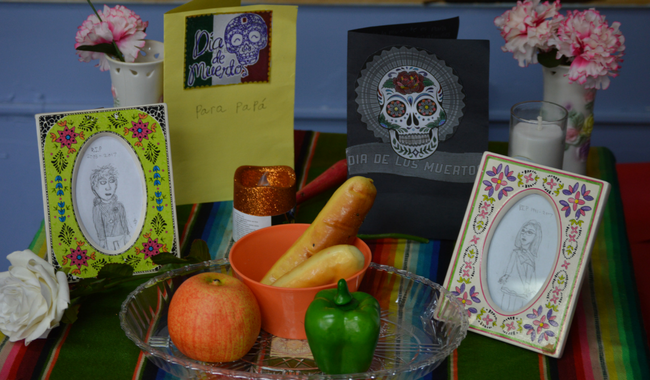
Typically these altars are covered with items that were loved by the departed and a photo of the deceased loved one is a crucial element. The most common flower used for the celebration is the marigold. The students’ offerings included candles (flameless LED of course), poetry, framed pictures, flowers, vases, and cards. The class also decorated skulls and skeletons, or Calaveras.
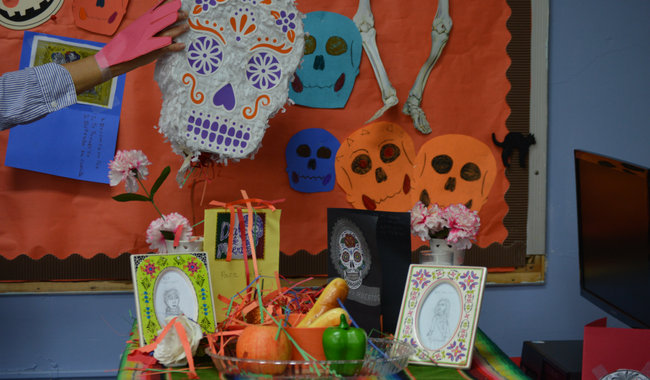
To mimic the songs and celebrations used to honor the deceased loved ones, Señora Mata emptied a colorful sugar skull piñata filled with confetti over the altar while playing traditional Dia De Los Muertos music. The students had a lot of fun sampling the music, exploring Mexican culture and expanding their Spanish speaking skills!
Though Spanish is the primary second language offering at Calais, our educational curriculum includes a variety of World Languages. Language learning is presented both in the classroom as well as through computer-based programs with integrated culture and linguistics modules. To learn more about our educational programs visit our Educational Program page.
 973-884-2030
973-884-2030 